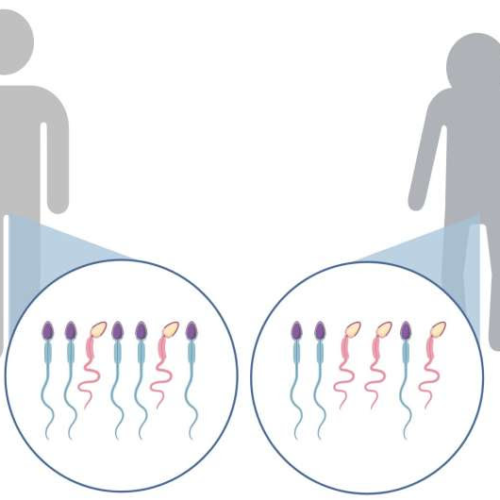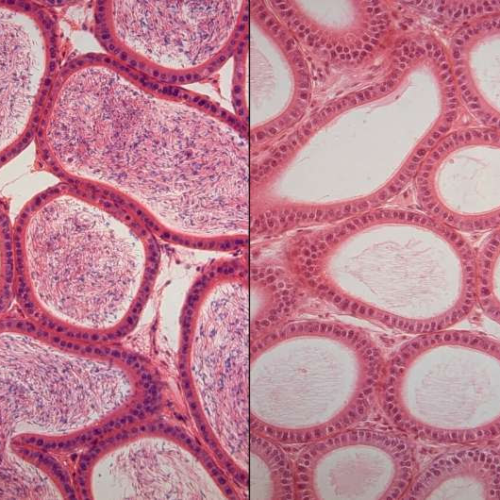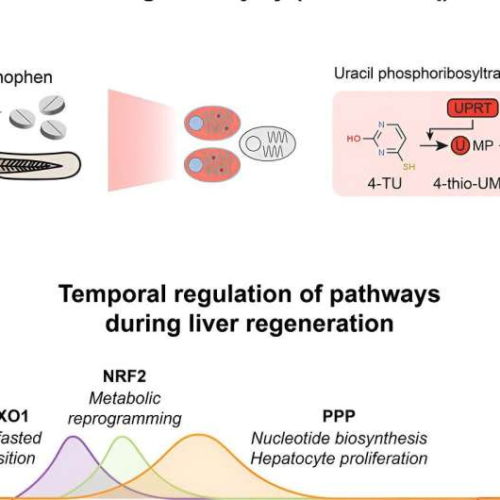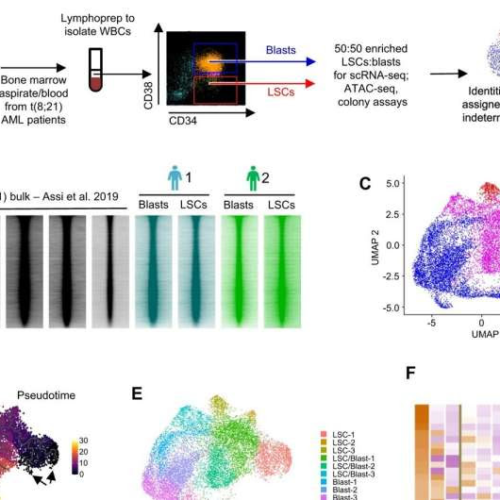by Oxford University Press Fathers. Credit: Irene Tiemann-Boege / Genome Biology and EvolutionA new paper in Genome Biology and Evolution finds that the link between paternal age and rare congenital disorders is more complex than scientists had previously thought. While researchers have long realized that older fathers are more likely to have children with bone and...
Category: <span>Genetics</span>
New study pinpoints why some injured kidneys do not heal
by Cedars-Sinai Medical Center Credit: CC0 Public DomainCedars-Sinai investigators have discovered why some injured kidneys heal while others develop scarring that can lead to kidney failure. Their findings, detailed in a paper published in Science, could lead to the development of noninvasive tests to detect kidney scarring and, eventually, new therapies to reverse the condition. “The...
Genes affect your blood pressure from early childhood
Yes, you can have a greater risk of high blood pressure because of your genes. But you can do something about it.Peer-Reviewed Publication NORWEGIAN UNIVERSITY OF SCIENCE AND TECHNOLOGY Certain genes associated with hypertension affect blood pressure from early in life, and they increase the risk of cardiovascular disease as you get older. However, you...
Scientists discover new target for reversible, non-hormonal male birth control
by Salk Institute Sperm, pictured inside each round cell, were not generated while mice took the HDAC inhibitor drug (top right), but after 60 days off the drug, spermatogenesis was recovered (bottom right). The left column shows sperm at the same time points in a mouse that did not receive the drug. Credit: Salk InstituteSurveys show...
Analysis identifies more than 275 million previously unreported genetic variations
by Bill Snyder, Vanderbilt University Medical Center Timeline and process overview. Credit: Nature Medicine (2024). DOI: 10.1038/s41591-024-02796-zAn analysis of genomic data from nearly 250,000 participants in the National Institutes of Health’s All of Us Research Program has identified more than 275 million previously unreported genetic variations, nearly 4 million of which have potential health consequences.The data,...
Researchers are using RNA in a new approach to fight HIV
You know mRNA, now meet siRNAPeer-Reviewed Publication UNIVERSITY OF WATERLOO Society learned about the value of mRNA during the COVID-19 pandemic when we saw scientists and medical professionals harness its power to deliver a vaccine for the virus within a year. Now, University of Waterloo pharmacy associate professor Emmanuel Ho has developed a novel nanomedicine...
One step closer to reversing liver failure: Study shows how liver is triggered to regrow when damaged
by Peter MacCallum Cancer Centre Credit: Developmental Cell (2024). DOI: 10.1016/j.devcel.2024.01.024Researchers at Peter Mac have made a key discovery in liver regeneration that may have important implications for liver cancer. Joint research by Associate Professor Andrew Cox and Professor Mark Dawson, published Feb. 15 in Developmental Cell, has identified how the liver is triggered to regrow...
Why leukemic stem cells not harmed by chemotherapy begin to grow and produce AML cells after treatment
by University of Birmingham AML-subtype specific gene expression and chromatin accessibility is established in LSCs. Credit: Nature Communications (2024). DOI: 10.1038/s41467-024-45691-4The mystery of why myeloid leukemia starts to grow again after chemotherapy has killed the bulk of malignant cells, and how growth may be blocked by repurposed drugs, has potentially been solved through new research. The...
Not too late to repair: Gene therapy improves advanced heart failure in animal model
by Ana María Rodríguez, Baylor College of Medicine Credit: CC0 Public DomainHeart failure remains the leading cause of mortality in the U.S. During a heart attack blood stops flowing into the heart. Without oxygen, part of the heart muscle dies. The heart muscle does not regenerate; instead, it replaces dead tissue with a scar made of...
Building a DNA Nanoparticle to be Both Carrier and Medicine
Scientists have been making nanoparticles out of DNA strands for two decades, manipulating the bonds that maintain DNA’s double-helical shape to sculpt self-assembling structures that could someday have jaw-dropping medical applications.Four DNA nanostructures, two butted up against each other, highlighted in this electron microscope image. The structures are a little longer than 50 nanometers. A...







